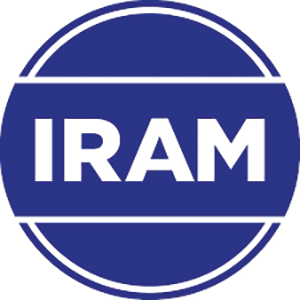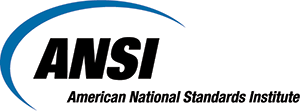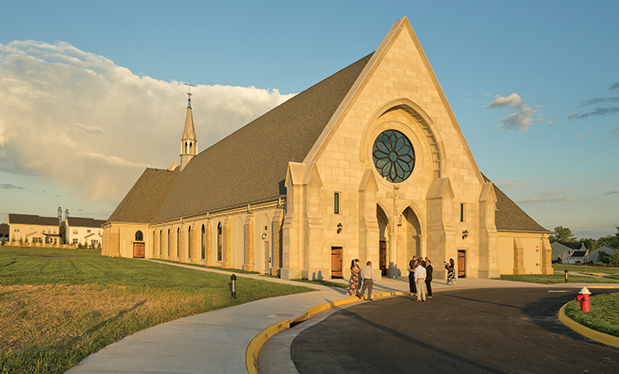ASTM International signs memorandum with Argentina

|
ASTM International and Argentina’s national standards body, El Instituto Argentino de Normalización y Certificación (IRAM), have signed a Memorandum of Understanding. IRAM, a non-profit private civil association, coordinates the development of standards in Argentina.
ASTM International will focus on enhancing communications to build government and industry awareness of ASTM International as a trusted technical source of information that supports public health and safety, trade and the overall quality of life; encourag-ing collaboration regarding topics of mutual interest; and promoting stan-dards education and related activities for students and professors. In addi-tion, Argentinian stakeholders will be invited to participate in ASTM Interna-tional technical committees to ensure ASTM International standards meet and support Argentina’s local and global needs for public and private entities and consumers.
Help your employees adapt to new technology

|
- Start small. Begin with a small rollout to help identify difficulties and questions before all staff becomes involved. Start with tech-savvy employees so they can pinpoint challenges they see with the rest of the team. But you also should choose one or two people with little technology experience who can work alongside the savvy team members to better understand how the technology works. When you roll it out to larger groups, trained members can help answer questions and give advice.
- Choose a team champion. Choose someone on the team to be an advocate and expert regarding the technology and function as a go-between for the vendor and company. The team champion should have leadership skills and be a problem solver.
- Set expectations and goals. Adoption rates may vary depending on employees’ willingness to learn a new tool. Set clear benchmarks that measure your success during the process. Small rewards can encourage participation; for example, you can offer rewards for setting up a user account or completing a training module.
- Invest in continuing education. For example, in the case of new software, good training is key. The vendor often will offer some training but consider planning regular training to ensure the technology is used in the most efficient way possible and you are up to date regarding the latest features.
ANSI approves revision of low-slope roofing standard

|
The American National Standards Institute Board of Standards Review has approved the revision and publication of ANSI/ASSP A10.24-2022, “Roofing—Safety Requirements for Low-Sloped Roofs.” The revision replaces the previous 2014 version of the standard.
The A10 committee comprises construction industry stakeholders and acknowledges this is a significant topic in the industry. The newly revised standard is available for purchase at store.assp.org.
NRCA is a member of the A10 Committee on Safety Requirements for Construction and Demolition Operations, and NRCA’s enterprise risk management staff participated in the A10.24 subgroup regarding the revision.
SPRI reviews two roofing-related American National Standards
SPRI is reviewing and recanvassing two technical documents for reapproval as American National Standards. In accordance with SPRI’s ANSI-approved procedures, standards are reviewed and reapproved every five years.
SPRI is in the process of reviewing ANSI/SPRI/FM 4435/ES-1, “Test Standard for Edge Systems Used with Low Slope Roofing Systems.” The standard prescribes methodology for testing roof edge assemblies, excluding gutters, to evaluate their resistances to wind loads. It was previously revised and reapproved in 2017.
Also undergoing review is ANSI/SPRI/RCI NT-1, “Detection and Location of Latent Moisture in Building Roofing Systems by Nuclear Radioisotopic Thermalization.” The standard contains information regarding proper handling of nuclear-based moisture survey equipment in the field, as well as calculating and analyzing survey results. It was reaffirmed in 2017.
Individuals who wish to participate in the canvass process can contact SPRI at info@spri.org.



